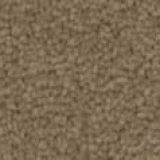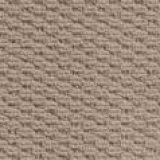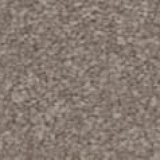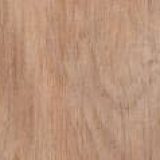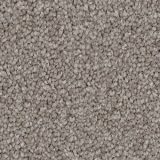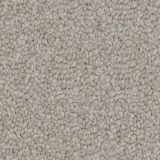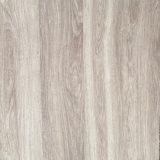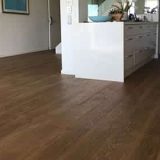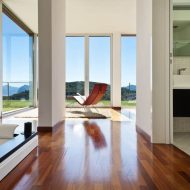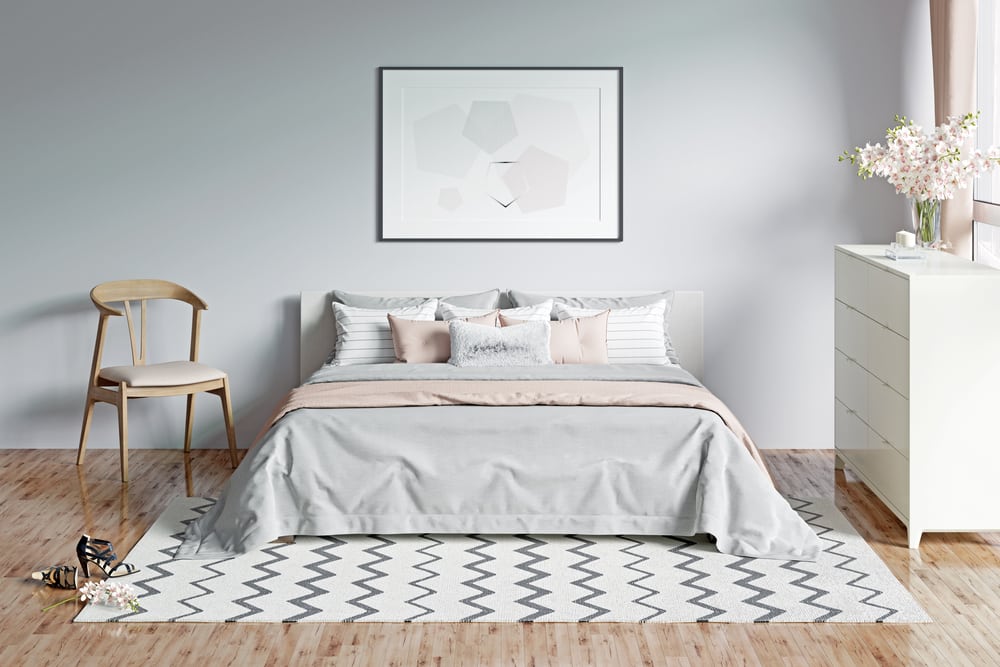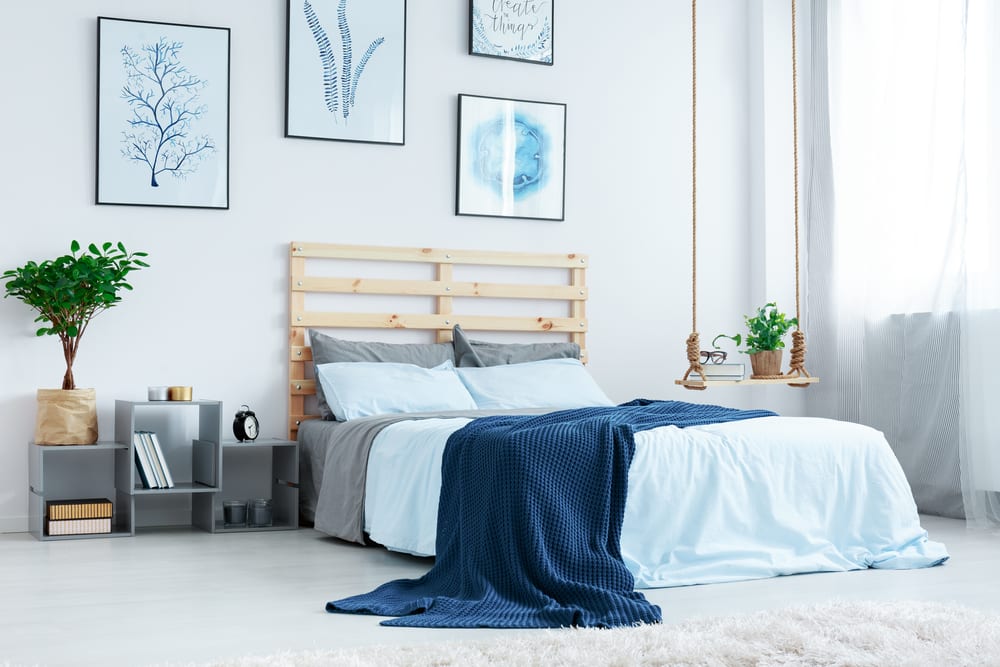Ready for a room refresh, but not sure which colour palette to choose for your carpets? Neutral carpet tones are a popular choice among home decorators due to their versatility, aesthetic qualities, and their ability to be seamlessly integrated into a range of interiors and room styles. But what are neutral colours, exactly? What are the benefits of neutral carpets, and what options are available?
What Are Neutral Colours?
In the interior design world, “neutral” means “without colour”. In terms of carpeting, neutrals can work with both warm and cool colour schemes, and colour tones range from ivory, black, grey, beige and even what’s called a greige colour (grey plus beige colour). A neutral colour scheme is typically used in two ways — to create a stand-alone palette, or as a background colour that creates a neutral canvas for the addition of dramatic colour accents.
Benefits Of Neutral Colours
Along with their aesthetic qualities and versatility, neutral carpet tones also come with a range of other benefits:
- Visually restful—They minimise distraction and create a calm, cosy, and relaxed atmosphere, making them ideal for lounge and bedroom areas.
- Timeless—They can be styled with virtually any interior, so have a longer life and won’t need to be replaced with the changing trends, which will maximise your decorating budget.
- Investment value—They offer mass appeal and suit a wide range of design tastes, which will attract more potential buyers if you choose to sell your home in the future.
How To Use Neutral Carpets
From soft taupes and mushroom-greys to monochromatic staples like black and white, the interior design capabilities of neutral coloured carpets are as endless as your imagination!
Grey Carpets
Grey creates a sense of composure and calm, and in carpets, can add a touch of versatile sophistication to a room. Hues range from light greys to darker charcoals, and they pair perfectly with ivory walls, or give bright statement walls or furnishings some extra pop.
Beige And Taupe Carpets
Neutral colours like taupe and beige were once considered old-fashioned, but can work well if the rest of your room’s décor is kept fresh and bright. Lively colours and bold touches in rugs and furnishings can enhance a room’s aesthetics and complement an otherwise neutral palette.
White Carpets
Ivory carpets are the ideal base to team with darker walls — including earthy reds and vibrant emerald greens — which are gaining popularity. Because white naturally reflects light, white carpets can maximise sunlight and artificial light, and create a brighter and more cheerful space. They can also “open up” smaller rooms and help them appear uncluttered.
Black Carpets
Black carpets are the ideal colour foundation for a dramatic interior design statement. Combine with white walls to draw the eye upwards, or graduated neutral tones to add an ultra-modern touch. Metallic finishes and textured accessories will enhance a feeling of plushness, and bold colours like oranges, reds, and plums will up the drama even further!
What To Consider When Choosing Neutral Carpets
Carpets are a monetary investment, so like many other interior design features, you need to weigh up the pros and cons before purchasing. Some factors to consider when opting for neutral carpet tones include:
- Lifestyle—Lighter coloured carpets can make stains and the consequences of wear and tear more obvious. As such, high-traffic areas like children’s bedrooms and dining areas may need to be avoided.
- Maintenance—All carpets need regular maintenance, however dirt and dust build-up can be more evident on ivory, grey, beige or taupe carpets, so you may need to vacuum more.
- Room size—Neutral carpets come in two basic tones (light and dark), which can significantly affect a room’s appearance. Darker tones can make a small room seem even smaller, but will enhance the feeling of cosiness in a large room. Lighter tones will make a room seem bigger and brighter, but may make a larger space feel…just too big!
References
- Coral Nafie, 2020, Neutral Colors Are the Best Canvas, The Spruce
- 2020, Choosing Neutral Carpet Tones: Is a neutral carpet right for your home?, Herts Carpets
- Darlene Weir, 2015, What Goes With Beige Carpet, Better Homes and Gardens
- 2020, How to Style a Room with Dark Carpet, Stainmaster




